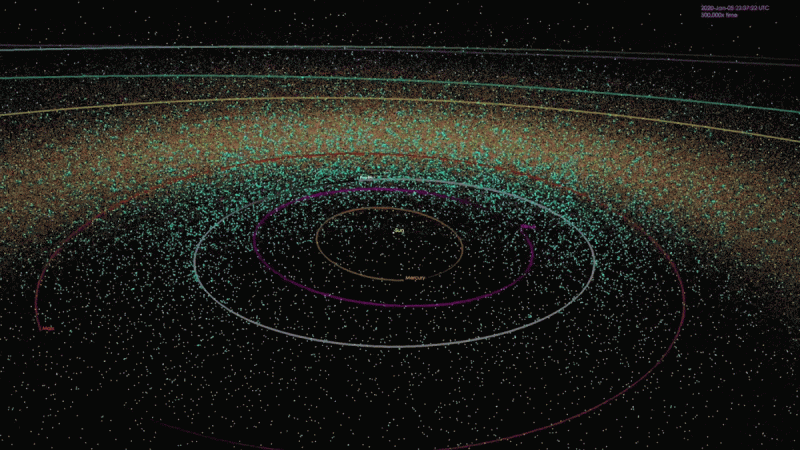
A newly discovered near-Earth (NEO) asteroid is set to fly by the Earth Sunday, 9 September 2200 GMT, that is 3:30 AM Monday IST. This follows a first car-sized asteroid that flew by earlier this morning, this one went by even closer to Earth.
Called the 2018 RC, NASA says that the asteroid is about the size of a Jumbo Jet and it was spotted only last week on 3 September for the first time, says a report by Space.com. Astronomers at the Asteroid Terrestrial-impact Last Alert System (ATLAS) in Hawaii say that it will whiz by at a distance of about 220,000 KM from Earth. The Moon, on average, is at about 382,900 km from Earth.
For those who do not have the optical equipment to follow 2018 RC and are interested in seeing this space rock fly by can tune into—Virtual Telescope Project's live stream. It is an online observatory setup and operated by the Bellatrix Astronomical Observatory in Ceccano, Italy.
The live webcast starts at 2200 GMT (3300 IST) and those interested can get back here to view it.
The asteroid 2018 RC is between 32 to 71 meters in diameter and about 40 metres across estimates NASA and can be seen with telescopes that are 10 cm, notes the report. The webcast, a robotic telescope will be used to track the asteroid as it buzzes by.
This asteroid is far away enough to not fall into Earth and will fly safely by, but this might not be always the case. Astronomers have covered a massive portion of the sky, but space is simply too vast and dark to be able to see everything coming at Earth.

















